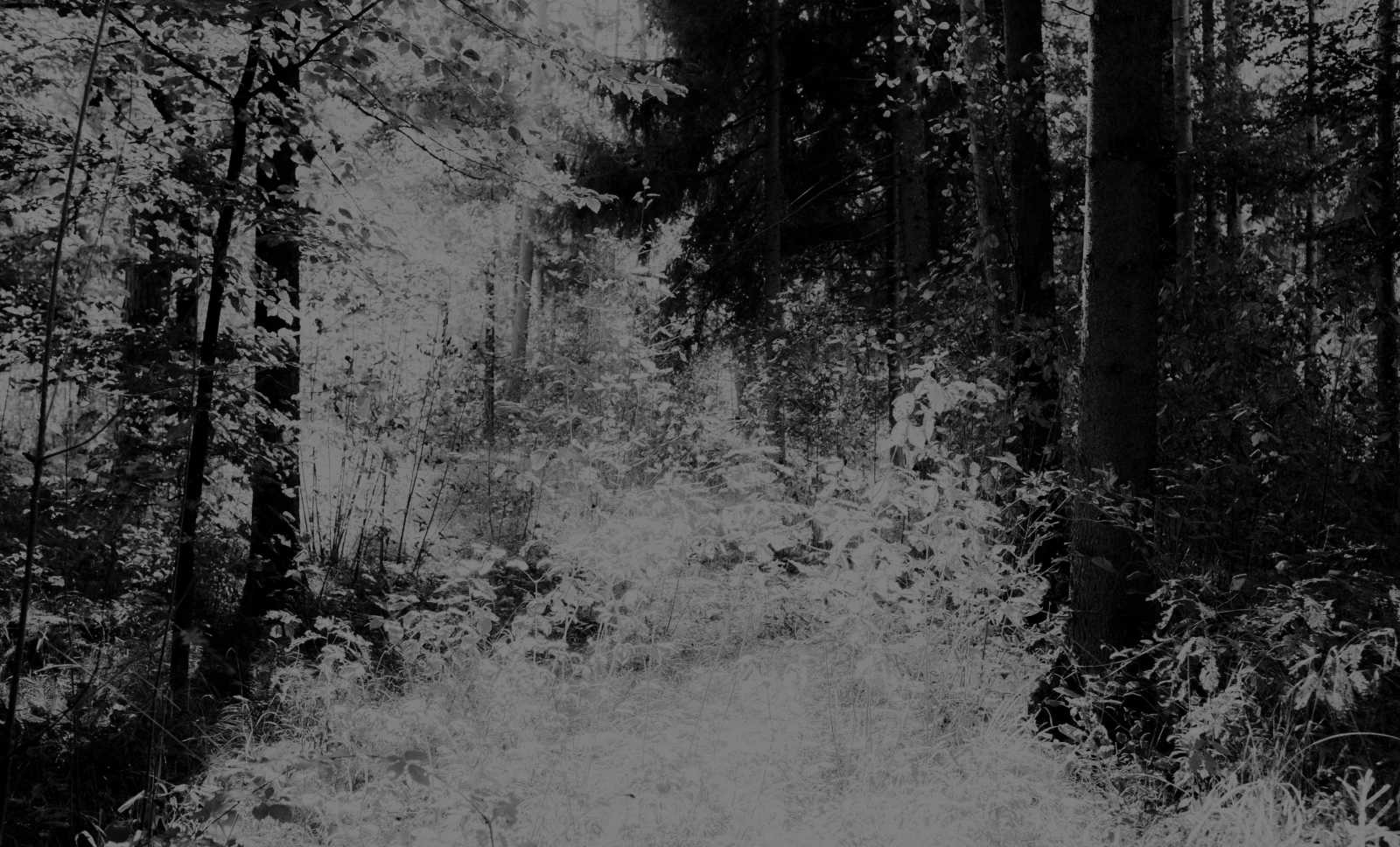Making visible
what must never be forgotten.
At the site of the former Gunskirchen Satellite Camp, an innovative memorial is being created to commemorate the tens of thousands of people who were imprisoned here during the final weeks of the war and left to die under inhuman conditions. For a long time, the place and its history remained almost invisible. The memorial tells the story of the camp and its victims.
Every donation helps to ensure that the past of Gunskirchen is not forgotten — for us and for future generations.

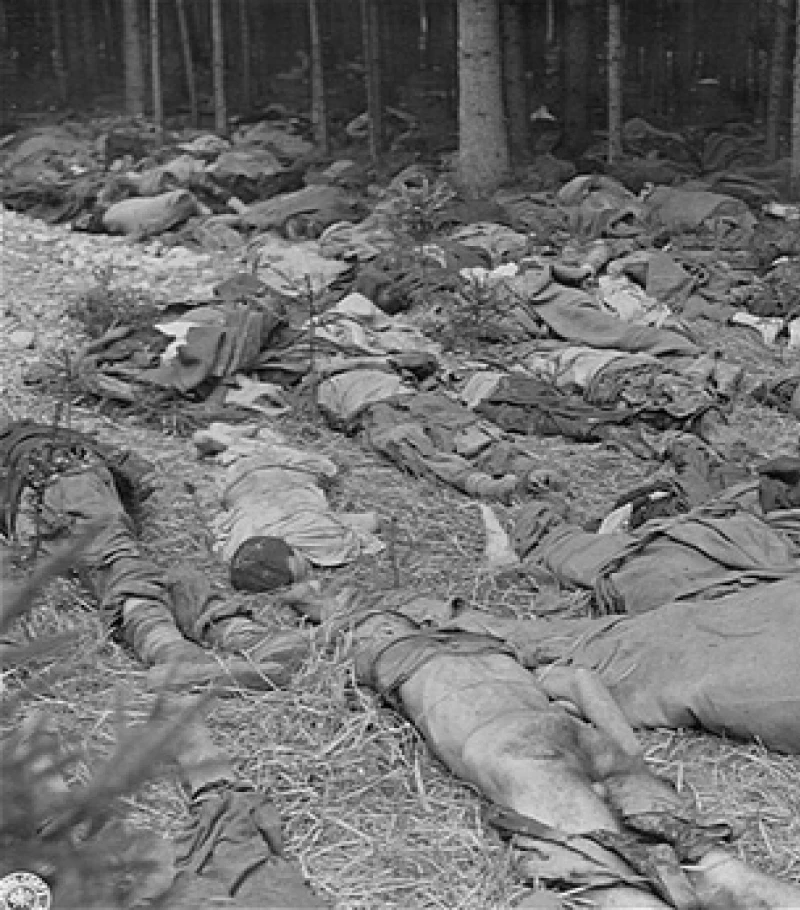
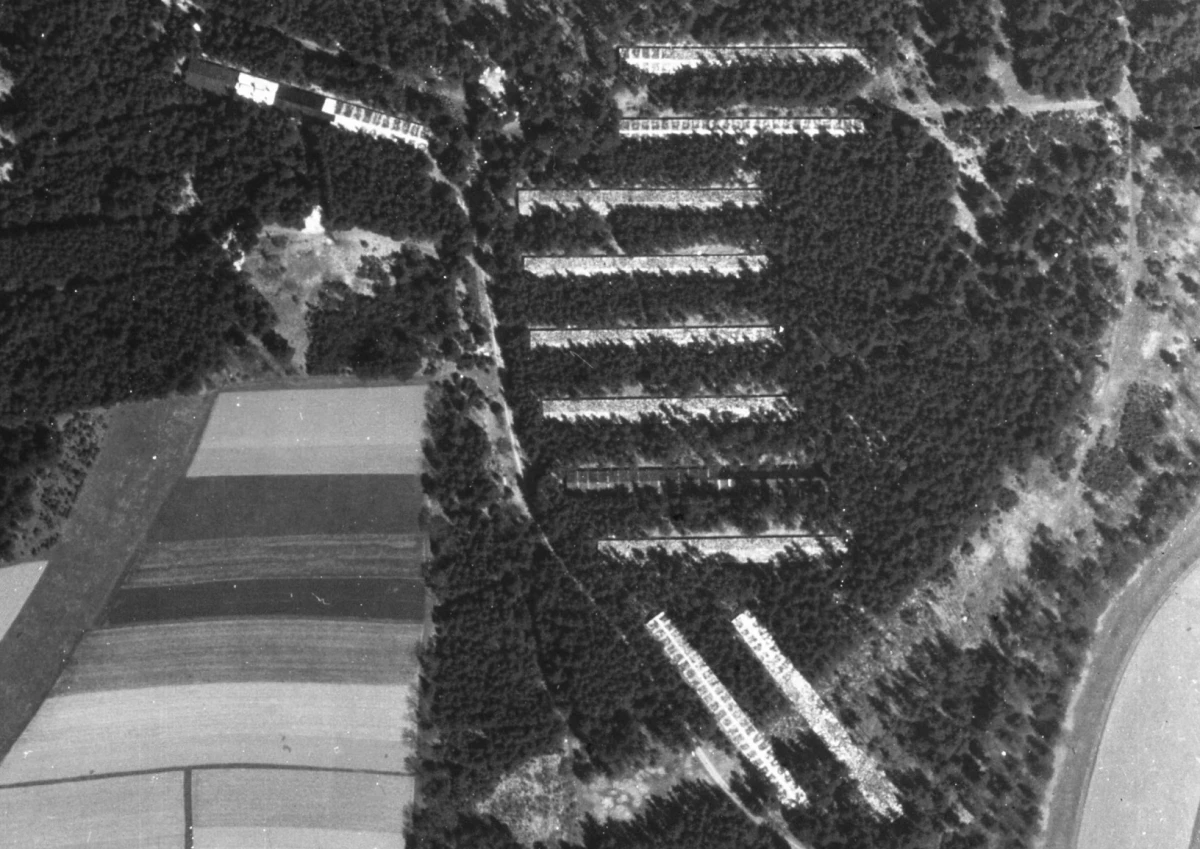
“The Gunskirchen concentration camp was a piece of hell on earth — for us who suffered there, it was the most horrific camp, even compared to other Nazi camps such as Dachau, Auschwitz-Birkenau, or Mauthausen.“
Within the Mauthausen concentration camp system, Gunskirchen was one of the most brutal satellite camps. In April 1945, the Nazis deported people from various countries. Minimal supplies and catastrophic conditions condemned the prisoners to die — a hell on earth, as survivors and liberators described it.
Despite numerous initiatives by victims' organisations and survivors, no memorial site has yet been realised. Only monuments and commemorative plaques on the B1 road and at the entrance of the former camp serve as reminders of the satellite camp.
We aim to change that by creating a visionary memorial site that can be experienced both on-site and online.
Donate now!
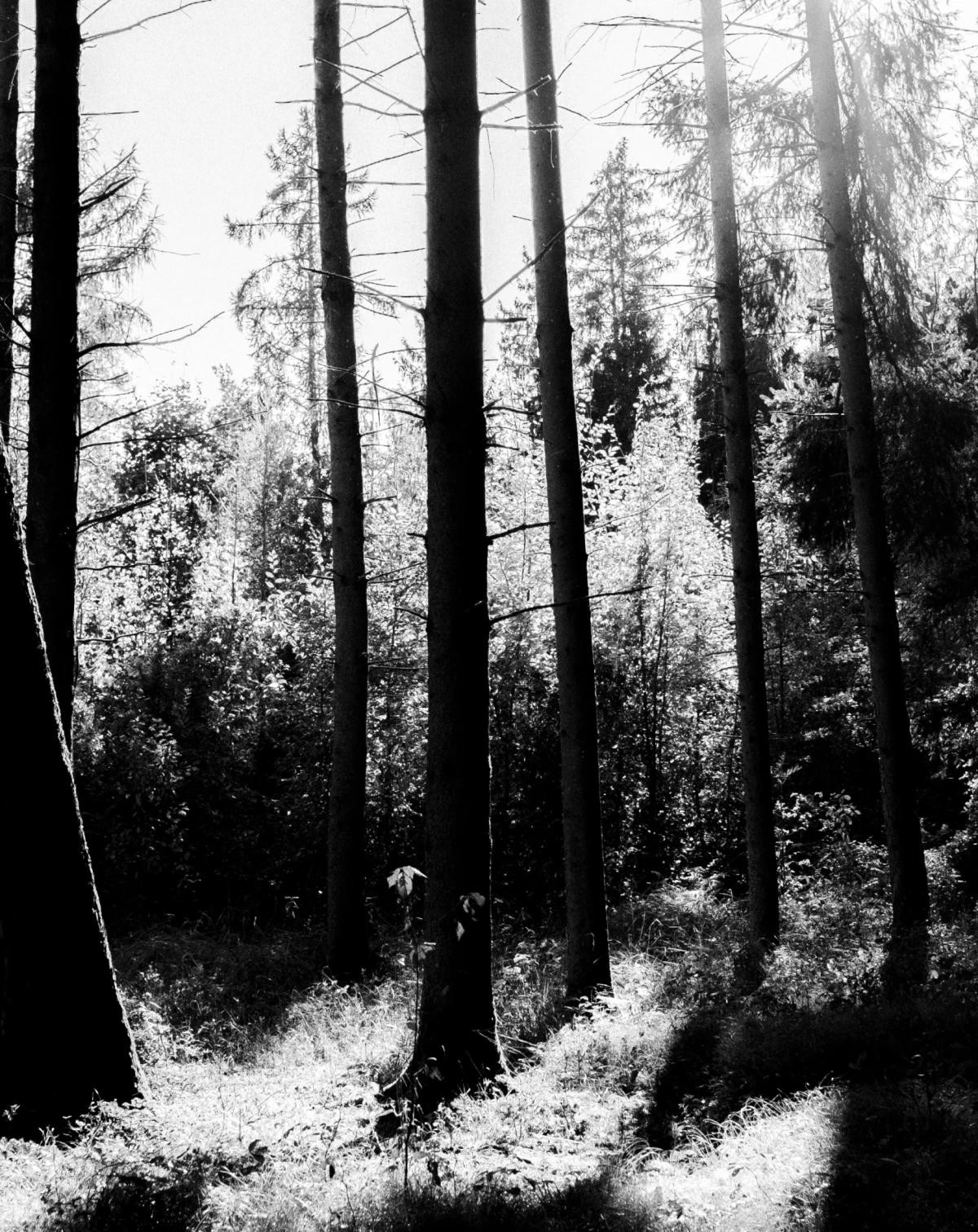
With your donation, we ensure that history is made visible and remembrance is kept alive.
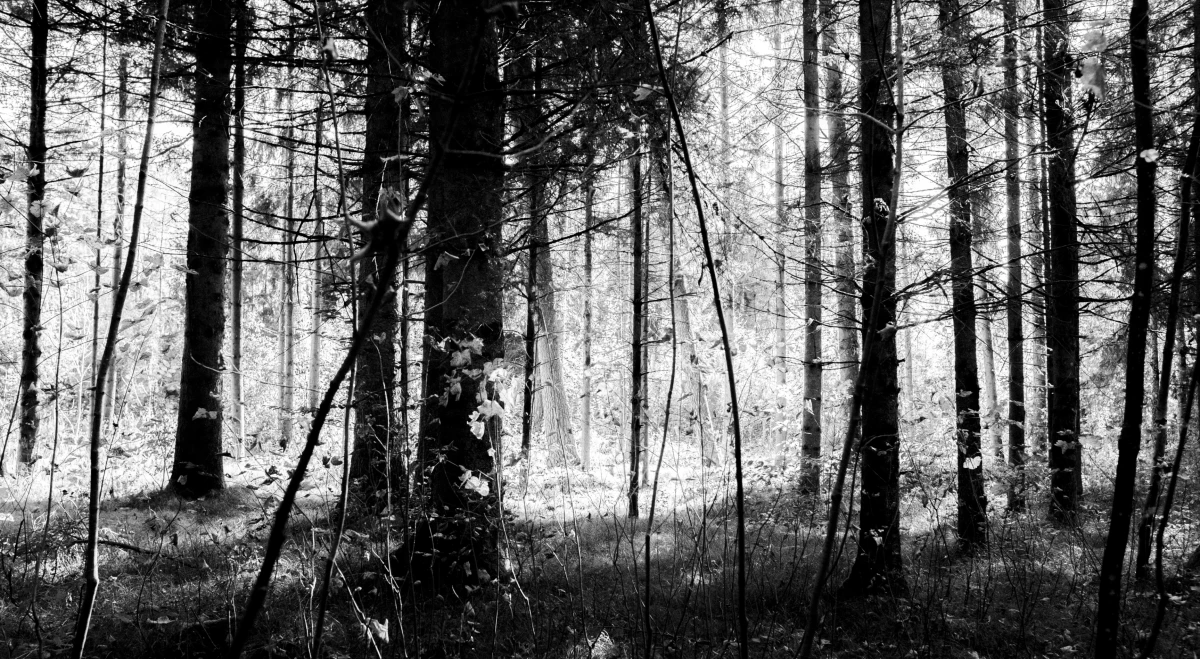
An innovative memorial site
is being created
What Mauthausen Committee Austria (MKÖ) and concentration camp survivor Daniel Chanoch envisioned years ago is now becoming reality: In the forest where the satellite camp once stood, the MKÖ is building the Gunskirchen Memorial Site, which is both a memorial and an educational project. Tangible on-site and virtually accessible in web browsers across the world.
The memorial site will be designed to be equally suitable for individual visitors and groups. The memorial site will be part of the MKÖ’s educational programmes for young people at former satellite camps. All information will be available in multiple languages.
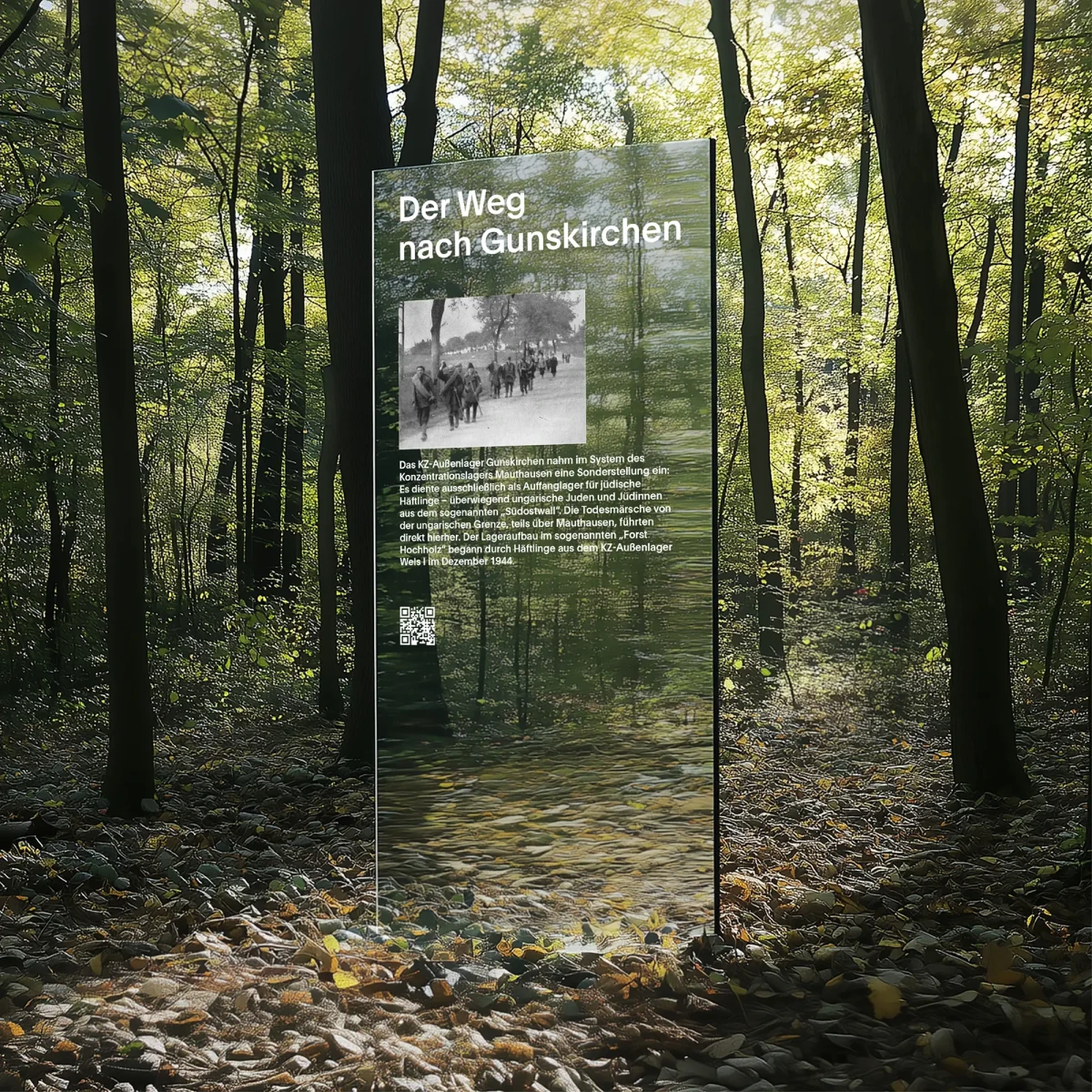
Historical information
on the Gunskirchen concentration camp
The Gunskirchen Satellite Camp held a special position within the Mauthausen concentration camp system: It served exclusively as a collection camp for Jewish prisoners – predominantly Hungarian Jews from the so-called “Süd-Ost-Wall”. The death marches from the Hungarian border, in some cases passing through Mauthausen, led directly here. The set-up of the camp in the so-called “Forst Hochholz” started in December 1944 and was carried out by prisoners of Wels I satellite camp. The camp itself was officially established on 12 March 1945. As of 28 March 1945, Gunskirchen was registered as an independent satellite camp. A section of woodland between Gunskirchen and Edt bei Lambach was cleared to set up the camp.
For the weakened prisoners, Gunskirchen was hell on earth. There was barely any food, the sanitary conditions were catastrophic and there was no forced labour any more – only the wait for death. Up to 200 people died every day. On 4 May 1945, soldiers of the 71st infantry division of the US Army discovered the camp. The ground was covered with corpses and survivors were lying in the dirt. Today, a memorial stone and a stele on the B1 road, as well as another memorial stone and plaque on the premises of the former camp commemorate this gruesome camp and its victims. With the new memorial site, we will delve deeper into history.
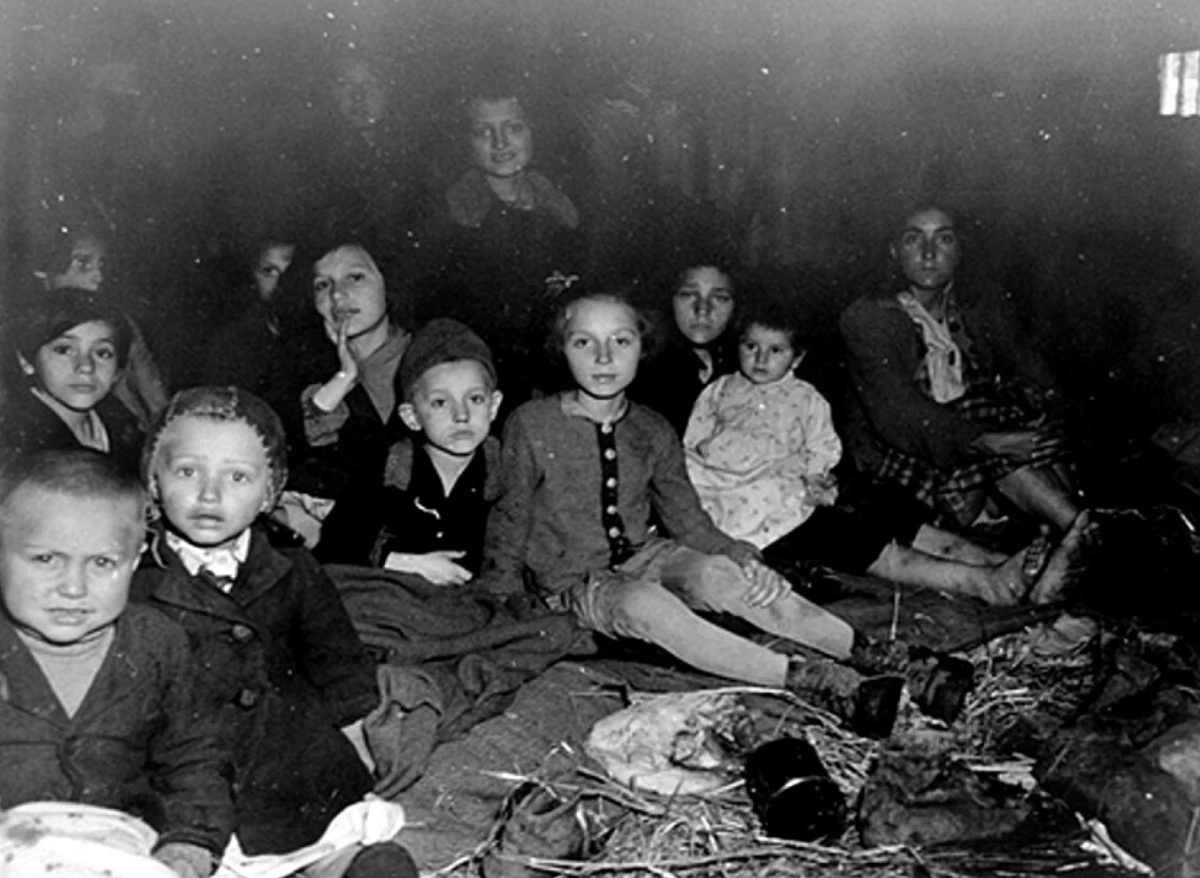
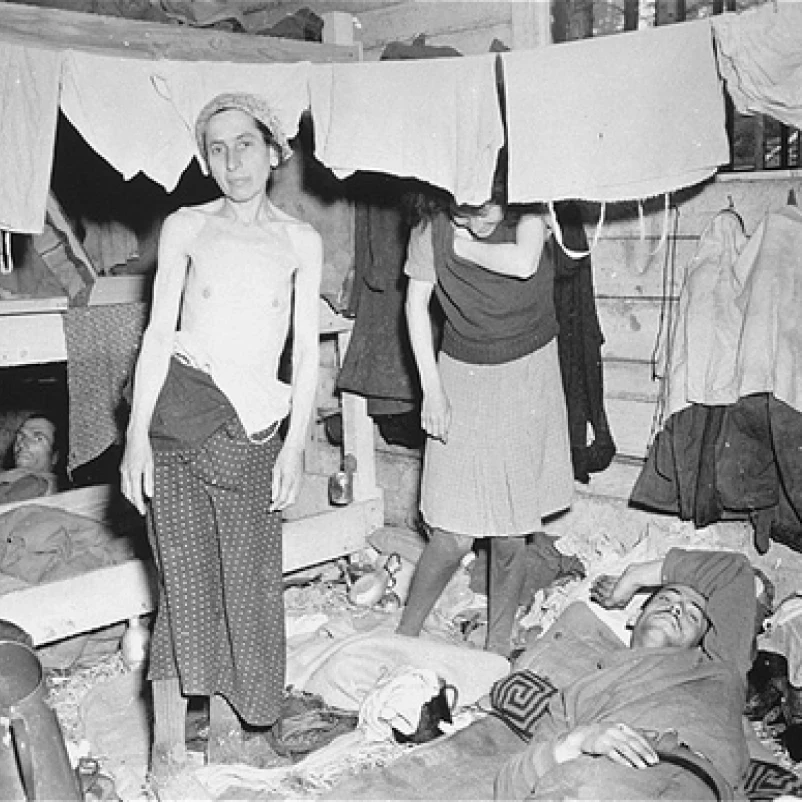
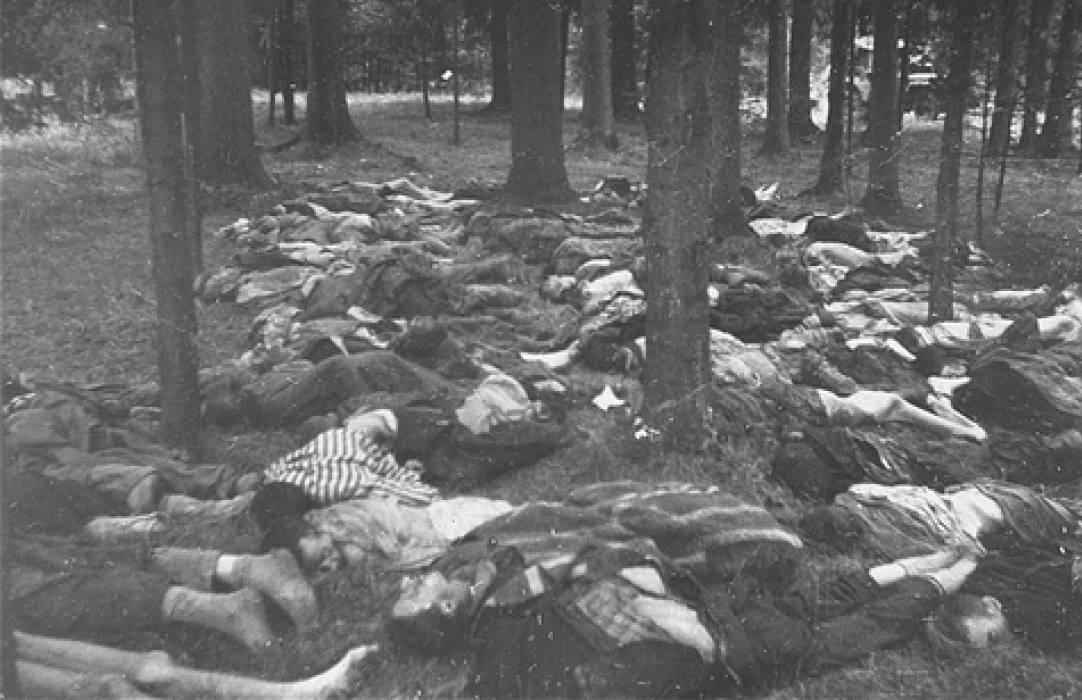
About Mauthausen Committee Austria
Mauthausen Committee Austria (MKÖ) is the direct successor organisation to the Austrian Association of Mauthausen Survivors (ÖLM), founded by survivors of Mauthausen concentration camp and its satellite camps. It was established by key social institutions such as the Austrian Federation of Trade Unions (ÖGB), the Roman-catholic church and the Federation of Jewish Communities. In 2000, Mauthausen Committee Austria took over the legacy of the survivors of Mauthausen concentration camp and its satellite camps – and is committed to preserving and carrying on the legacy of the former prisoners of the concentration camp.
Based on this legacy, the MKÖ has made it its mission to commemorate the victims of Nazi terror, especially those who were imprisoned in Mauthausen concentration camp and its satellite camps, and to place historical education, as well as awareness-raising and prevention work, especially with young people, at the core of its projects and activities.
The organisation is non-political and non-religious. The MKÖ advocates a free and democratic society and the protection of human rights for all, regardless of nationality, political persuasion or religion and works to fight against all forms of fascism, racism, right-wing extremism, chauvinism and anti-semitism.
Support us with your donation.
Become part of this important remembrance project. Take a stand now against forgetting and for the responsibility of “Never again.”
Here you have the opportunity to donate:
You can also make a donation directly to our project account:
Mauthausen Komitee Österreich
IBAN: AT12 1400 0009 1004 2017
BIC: BAWAATWW
Every donation is tax-deductible. For the report to the tax office, please make sure to include your date of birth in the payment reference. For larger donations, we also offer various sponsorship and support packages to visibly acknowledge your commitment. If you are interested, we will be happy to provide you with personal information about the available options. Please contact us at bauer@mkoe.at.
We would like to thank our supporters for helping to carry this important project and ensuring that remembrance has a future.
